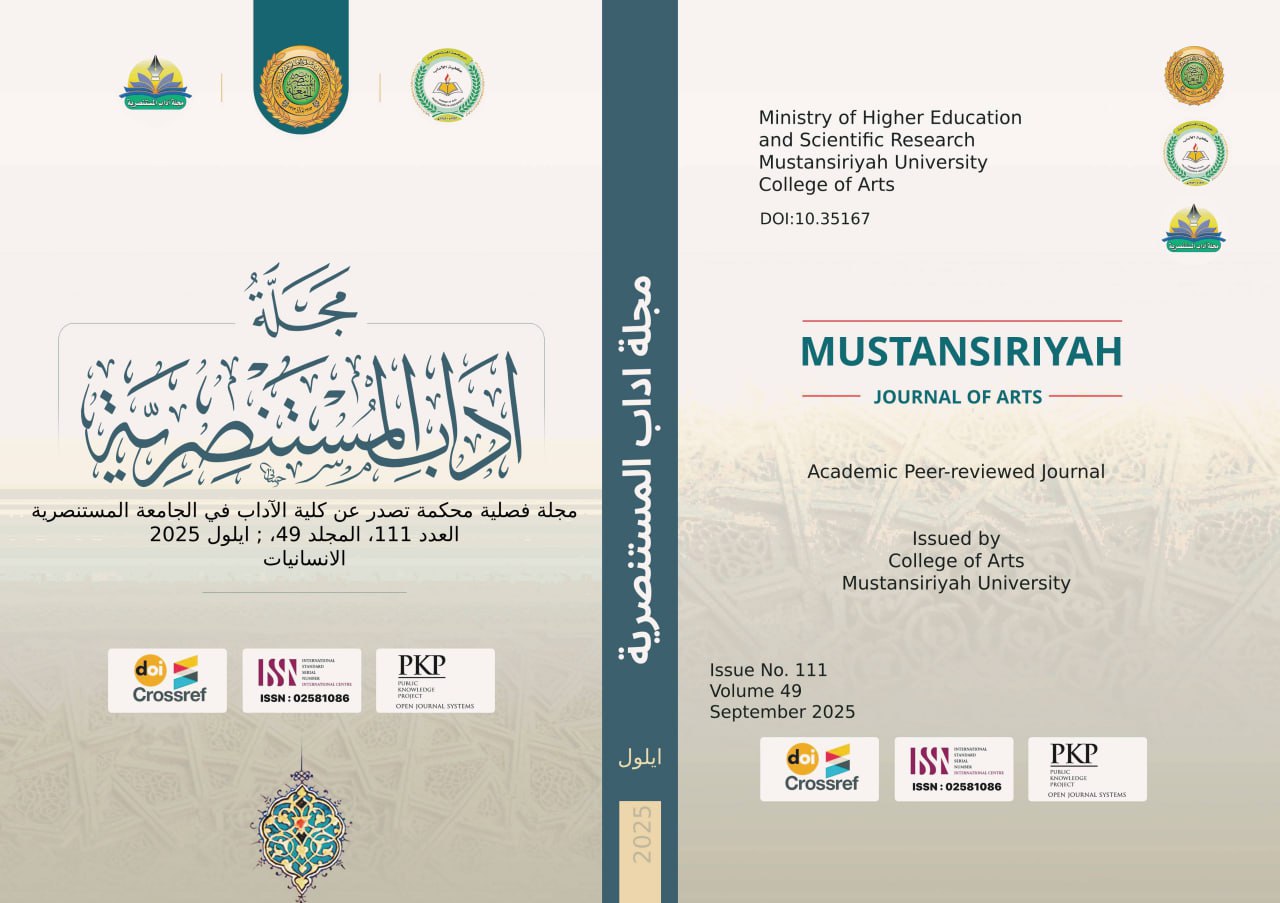Abstract
This model aims to collect the various traits within basic categories, where the categories remain whether new traits are added to them or deleted from them, which makes them essential factors that cannot be dispensed with in describing the human personality (meaning that this model seeks to find an organized scientific classification of personality traits). The current research aimed to identify the five major factors of personality among university students and to identify the differences in the five major factors of personality according to gender (males/females) and scientific specialization (humanities). - In order to achieve the objectives of the current research, the researcher adopted the Costa and McCrae scale, which consists of 60 items distributed over five areas: neuroticism, extroversion/openness to experience, agreeableness, and conscientiousness. Each sub-factor includes 12 statements, each of which has an answer scale and consists of five alternatives: I strongly agree.I agree, neutral, I disagree, and I strongly disagree. After extracting the psychometric characteristics, the reliability coefficient reached the Big Five personality traits; the reliability coefficients using the test-retest method were as follows. neuroticism (0.75), extraversion (0.73), openness to experience (0.71), agreeableness (0.72), and conscientiousness (0.78). The reliability coefficients calculated using Cronbach's alpha were as follows: neuroticism (0.77), extraversion (0.75), and openness to experience (0.73). agreeableness (0.74) and andonscientiousness (0.79).The researcher applied the scales in their final form to a number of university students. The sample was selected using a stratified random sampling method to ensure representation from a number of university students. The sample was selected using a stratified random sampling method to ensure representation from all colleges included in the study. The application was conducted on (400) students from the University of Baghdad, selected from four colleges: College of Education Ibn Rushd from Humanities, College of Languages, College of Engineering, and College of Science. The data were then Statistically analyzed using the SPSS software, the study came up with the following results:All four traits (extraversion, openness to experience, agreeableness, and conscientiousness) are found in the students. As for the first factor, neuroticism, it is not significant, indicating that it exists among the students but to a moderate degree. Female university students show signs of neuroticism. More than males, there is no statistically significant difference in neuroticism based on specialization, nor is there a statistically significant interaction between gender and specialization in neuroticism. As for extaversion, Males have More than females; as for specialization in extraversion, it is statistically significant in favor of the humanities. Compared to the sciences, however, there is no statistically significant interaction between gender and specialization in extraversion. Regarding openness to experience, there are no statistically significant differences based on gender (female/male), nor are there statistically significant differences between specializations (scientific, humanities). Additionally, there are no statistically significant differences based on gender (female). Similarly, there are no statistically significant differences between specializations (scientific, humanities), nor are there statistically significant interactions between gender and specialization in agreeableness. Regarding conscientiousness, there are no statistically significant differences based on gender (male, female). Likewise, there are no statistically significant differences between specializations (scientific, humanities), nor are there statistically significant interactions between gender and specialization in conscientiousness. In light of these results, the researcher reached a number of recommendations and proposals.

